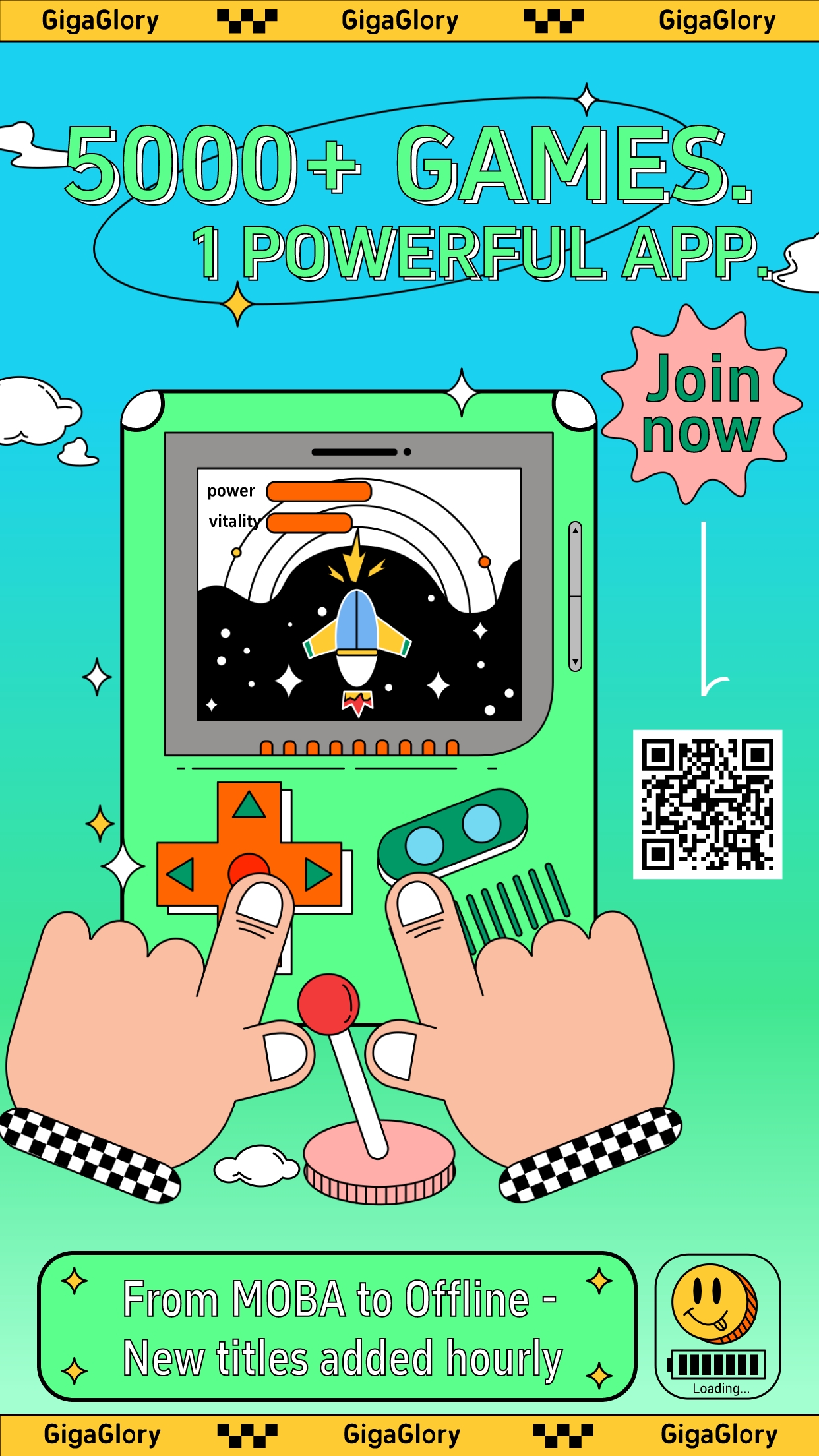15+ Popular Building Games & Trends in Casual Games for 2025
If you think casual games are all fluff and low-effort play—think again. We're talking about a segment of the gaming landscape that's booming faster than a freshly launched startup, fueled not just by ease of use but by creative, deeply immersive experiences like nothing before it—and yes, I'm looking directly at building games.
| Title | Genre Focus | User Rating (Out of 5) |
|---|---|---|
| Minecraft | Sandbox Creativity | 4.9/5.0 |
| Cities: Skylines II | Sim / Urban Design | 4.8/5.0 |
| Creative Villains | Multiplayer Construction Battles | 4.7/5.0 |
The Shift to Engaging Simulated Spaces
Gaming isn’t just killing time while you’re stuck on hold. The casual player of today demands more—they seek stories they can shape. Building games allow this. Whether crafting villages or cities, players create something uniquely personal—a feeling even your grandmother's cake recipe couldn't compete with, and she made some pretty sweet desserts.
- Building encourages spatial problem solving
- Allows long term investment over instant thrills
- Can blend genres (adventure + economy sims = gold rush success)
One curious thing? Some games crash without explanation—even when set up locally. For those who've faced the rage-inducing frustration, “csgo crashes whenever starting local match" isn’t an annoyance... It’s existential hell. Now imagine having that issue during prime creativity flow in your custom game space. That'd drive anyone batty enough to Google solutions at 3AM while clutching energy drink cans shaped like robot fists.
Casual Doesn't Equal Low Stakes—Engagement is King
A recent trend in 2025? Gamified tutorials disguised as side quests. Think about the old days—you'd open the manual like cracking open a mystery, maybe get distracted flipping to pg. 47 just because you were bored reading page 3. Today, tutorials aren’t static; they weave right into play sessions like a sly ninja slicing straight to entertainment value. Players stay locked into gameplay, not bouncing off to search FAQs mid-experience.
Increase Retention Through Emotional Connection
- Integrate story hooks even if the gameplay feels loosely narrative based
- Balances short-play accessibility with longer investment arcs
- Adds emotional reward cues to keep motivation alive beyond mechanics alone
This works especially well if your goal revolves around making people feel like their efforts have meaning—something every building title needs badly to thrive amidst competition from fast-paced FPS titles and strategy juggernauts battling for mindshare across PC, Console, AND mobile spaces (because yes, mobile’s not going anywhere anytime soon).

Trending Tip: Consider adding unexpected features such as procedural generation married with persistent progress states that carry through seasons—like how you don't forget grandma's famous stew until it returns come fall time… assuming we can figure out how not to drop support mid-release thanks to bloated patch sizes. Yeah. Been there too, haven't we?
The Surging Popularity of Mobile-First Strategy Building Titles
Players want simplicity without boredom. A paradox? Not really. If there’s one place casual and building merge seamlessly—it’s inside the pocketable wonders we know today as phones or small-ish tablets. No mouse, no big setup… Just tap, build… repeat endlessly as towers rise toward cartoon skyboxes filled with animated sunsets that change each season. Nostalgia layered over modern mechanics. It works wonders.
| App Name | Platform Availability | Core Mechanic Innovation |
|---|---|---|
| Built From Nothing™ | iOS / Android | Eco-Building with dynamic resource systems (and occasional drought triggers that actually matter!) |
| Brickyard Bounce | iOS / PC Crossplay Beta | Kid-style building with multiplayer competitive stacking mechanics |
Tapping into Offline Play Patterns (Even If Only Temporarily)
While always-online builds might be rising, so is backlash. Sometimes life means flights or rural roads far beyond data towers—no Wi-Fi ghosts waiting for your sign-in ping in those lands. Hence: more devs turning their gaze to robust offline modes that store actions like saving throw progress, only sync once connectivity's regained later.
Another curveball here relates directly to csgo crashes whenever starting local match: Many players turn toward modded maps saved entirely locally thinking they’ve bypassed system conflicts—only to realize their video driver hasn't had updates since two Presidents ago.
- Local Matches Shouldn’t Crash: Ensure compatibility layers and fallbacks
- Auto save frequently, particularly in single-player building sandboxes
- If using mods, provide easy ways for beginners to verify files
I'll tell ya this though—even after spending countless nights wrestling broken configs and chasing elusive bugs in local server scripts—the true joy comes in watching communities rise from pixel rubble. And let’s say that brings me around full circle: casual does NOT mean simple. Nor shallow.



